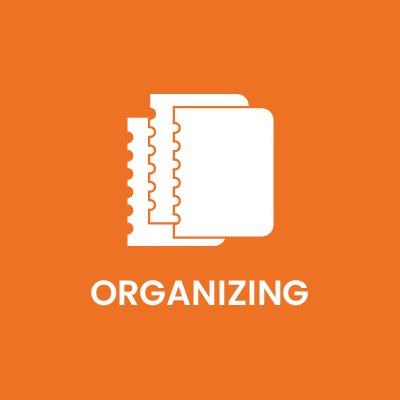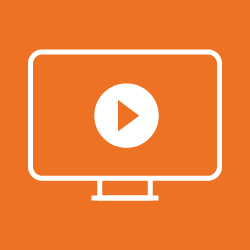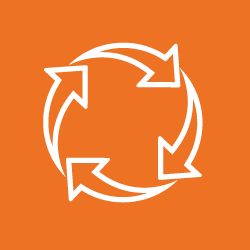
Audience
Purpose
Think about who will be reading your writing. The way you organize your writing and the tone (word choice) you choose will change depending on the audience and the purpose for writing.
How
Ask these questions before drafting:
- Who will read this (audience)?
- Is there more than one audience?
- What do they know about the topic?
- What is most important to the audience?
- What is the best tone and word choice for this audience—formal or informal?
- What format or style will best help the audience understand what is said?
- Why would the audience read this?
See it in Action!

Watch
Who is the audience we write for?
This video discusses identifying and writing for your audience.
Timestamp: 6:37.
Watch here
Step into the shoes of your reader
A short video about seeing your writing from the reader's perspective.
Watch here
Writing Purpose and Audience
Explores why audience matters.
Watch here
Speak to your audience, not at them
Tips on using a reader-centered approach.
Watch here

Practice
- Name the audience: students, public, teachers, social media friends, etc.
- What about this topic would be important to them?
- List the ideas about the topic that person (or group) would think were most important.

Add Complexity
Writing for Results - NWT Literacy
Know the Audience (pages 28–35) contains activities to use with your learner to gain a deeper understanding of what an audience is and why it is important to understand their audience before they begin writing.

Learn More
WriteForward - Supplemental Materials - Practitioner - Instruction
This tool is is a low stakes, formative assessment adult literacy resource developed to assess and strengthen writing skills and strategies for home, work and community.
Pages 18–19: The concept of audience.
